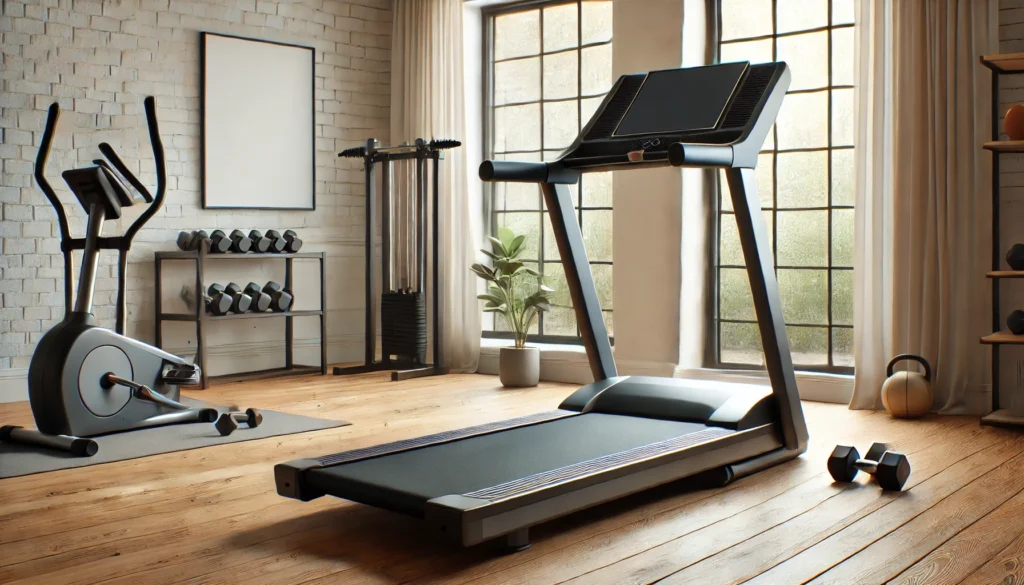The Importance of a Well-Tensioned Treadmill
Have you ever felt that your treadmill isn’t moving as it should? I completely understand. As a regular runner and home fitness enthusiast, I’ve spent countless hours on various treadmill models. One key lesson I’ve learned is that the correct tension of the belt is crucial for both your safety and the performance of the equipment.
I remember the first time I noticed my treadmill behaving strangely. The sensation beneath my feet felt unstable, as if I were running on sand. That was when I realised the importance of maintaining the correct tension in the belt. After researching and experimenting, I’ve developed a foolproof method to check if your treadmill is properly adjusted.

Signs Your Treadmill Needs Calibration
Before diving into the adjustment process, it’s vital to identify if your treadmill needs tensioning. Here are some key indicators:
- Slipping: If you feel the belt slipping or momentarily stopping when you step heavily.
- Erratic Movement: A belt that moves unevenly or in jerks.
- Unusual Noises: Squeaking or thumping sounds while you run.
- Lateral Deviation: The belt consistently veers to one side.
Step-by-Step Guide: How to Align and Tension Your Treadmill
Now that you know how to identify the issue, let’s go through the adjustment process step-by-step:
- Visual Inspection: Before turning on your treadmill, take a look at the belt. It should be centred and not leaning to either side.
- Slipping Test: Turn on your treadmill at a low speed (around 3 mph) and walk on it. If you feel the belt slipping or stopping when you step, it needs more tension.
- Adjust the Tension: This is crucial for how to tighten a treadmill belt. Locate the adjustment screws at the rear of your running deck. Use an Allen key and turn both screws clockwise, a quarter turn at a time.
- Test Again: Walk on the treadmill again. The sensation should feel firm and stable. If it still slips, repeat step 3.
- Level the Belt: If the belt veers to one side while you walk, adjust only the screw on the side towards which the belt is moving.
- Fine Tuning: Repeat steps 4 and 5 until the belt is centred and moves smoothly without slipping.
Video on How to Tension the Treadmill Belt
Tips for Keeping Your Treadmill in Optimal Condition
- Monthly Inspection: Regularly check the tension and alignment of your belt.
- Clean the Belt: Keep the surface clean to prevent dirt from affecting performance.
- Proper Lubrication: Follow the manufacturer’s instructions for lubricating your treadmill.
- Avoid Over-Tensioning: Excessive tension can damage the motor and bearings.
Conclusion: The Key to a Long-Lasting Treadmill
Remember, the key is to make small, gradual adjustments. Excessive tension can harm the motor and bearings of your exercise machine. Conversely, a belt that is too loose will wear out faster and could lead to trips.
By following these steps, you’ll keep your treadmill in perfect condition. Properly calibrating your treadmill not only enhances your workout experience but also prolongs the lifespan of your equipment. Your future self will thank you when you enjoy smooth and safe workouts on your perfectly adjusted treadmill!